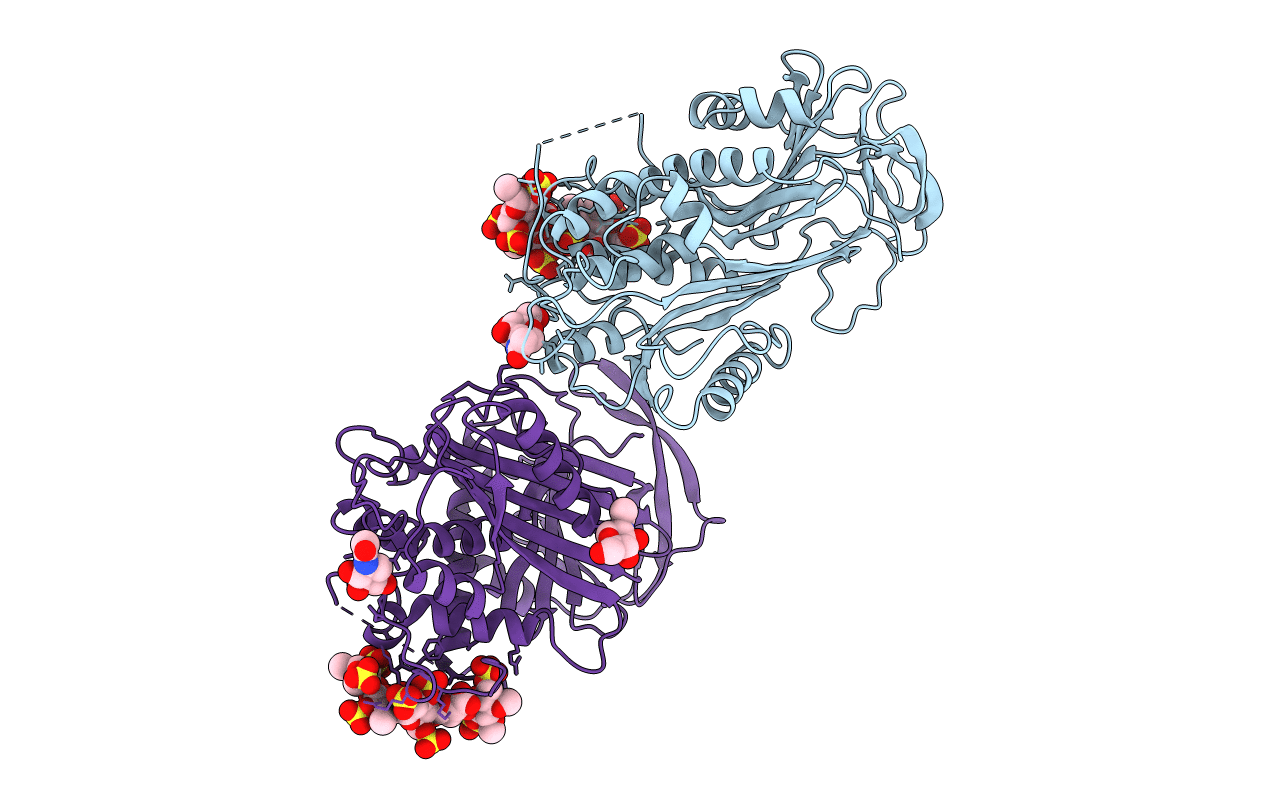
Deposition Date
1997-11-23
Release Date
1999-01-13
Last Version Date
2024-10-30
Method Details:
Experimental Method:
Resolution:
2.90 Å
R-Value Free:
0.28
R-Value Work:
0.19
R-Value Observed:
0.20
Space Group:
P 1 21 1


